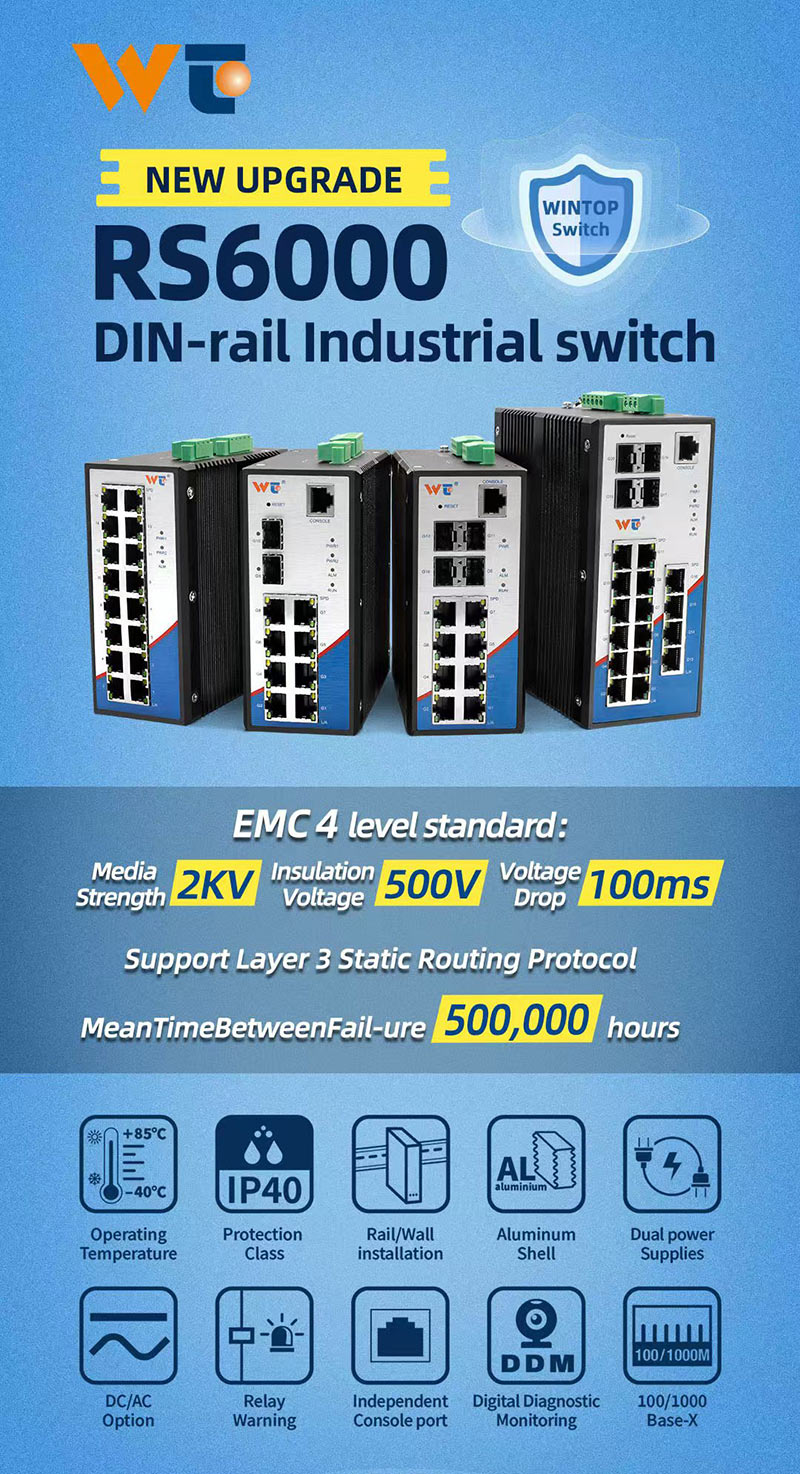The realm of networking can often seem like a tangled web of confusion, but when you peel back the layers and get to grips with some basic concepts—like IP addresses—the picture becomes a lot clearer. Whether you're a tech nerd at heart or just someone who uses a smartphone and Wi-Fi, understanding why most IP addresses kick off with 10, 172, or 192 is super important. These prefixes signal that we’re talking about private IP addresses, a special category that's heavily utilized in internal networks. These private IPs operate under specific standards, which allows a zillion devices to chat away without needing public IPs, which, let’s face it, are as rare as hen's teeth.
To really grasp this idea, it helps to dive into a bit of techie background. The Internet Protocol (IP) is the backbone of networking—it's what allows one device to find another and communicate. Each device on a network gets its own unique IP address. IP addresses come in various classes, and the ones we care about for private networking are Class A, B, and C. The Internet Engineering Task Force (IETF) laid down the law about these private IP addresses in RFC 1918, and here's the scoop:
- Class A: 10.0.0.0 to 10.255.255.255
- Class B: 172.16.0.0 to 172.31.255.255
- Class C: 192.168.0.0 to 192.168.255.255
These addresses enable organizations to build local networks without the headache and expense of relying on public addresses.
Now, let’s delve deeper into what these private IP addresses mean. Class A addresses can host a jaw-dropping number of devices—over 16 million—making them a top pick for really big businesses that need to connect tons of devices. Then there’s Class B, striking a balance for mid-sized companies with support for around 65,000 hosts. Finally, Class C addresses—perfect for smaller setups like homes or small businesses—can accommodate a maximum of 254 devices. It's key to note that these private addresses can't hop onto the internet, keeping that precious public IP pool intact.
So, why are these addresses so vital? They help ensure smooth communication within a local network, letting devices share resources like pros. At the heart of this scenario is Network Address Translation (NAT), where a single public IP stands in for a bunch of devices with private addresses, allowing them to surf the web. This setup not only adds a layer of security but also simplifies network management. It’s all about masking those private IPs with a public one and flipping it back, which keeps users in the shadows while they binge-watch on their devices.
The applications for these private addresses are practically endless. Businesses rely on them to build internal networks without worrying about running out of IPs. At home, devices linked up through a router use these addresses, enabling seamless communication. They’re also indispensable within virtual private networks (VPNs), ensuring security for remote workers connecting back to the office. Plus, in the hustle of integrating IoT devices into everyday networks, private IP addressing plays a vital role, driving smart technology forward in various fields.
Looking ahead, the trends surrounding private IP usage are reflective of a fast-evolving tech landscape. With the boom of the Internet of Things (IoT) and more device connectivity on the horizon, the need for these private IP addresses is likely to spike. New protocols and standards are just around the corner, poised to reshape how we think about IP addressing in both personal and enterprise contexts. As IPv4 addresses continue to dwindle, advancements in address management, especially moving toward IPv6, will become crucial.
Lastly, for network engineers, understanding the benchmarks that oversee private IP address usage can't be overstated. The guidelines in RFC 1918 are essential for effective network design and management. This standard outlines how IP addressing should function, optimizing usage. Sticking to these principles helps keep networks running smoothly, ensuring uninterrupted communication between devices. As technology continues to advance, we can expect these standards to evolve, adapting to new innovations while maintaining strong network performance.
In wrapping things up, just remember that private IP addresses—those ones starting with 10, 172, or 192—are incredibly significant in the networking landscape. They foster effective internal communication, streamline network management, and bolster security. Getting your head around these functions not only sharpens your tech knowledge but also equips you to navigate through the ever-changing world of technology with confidence.
